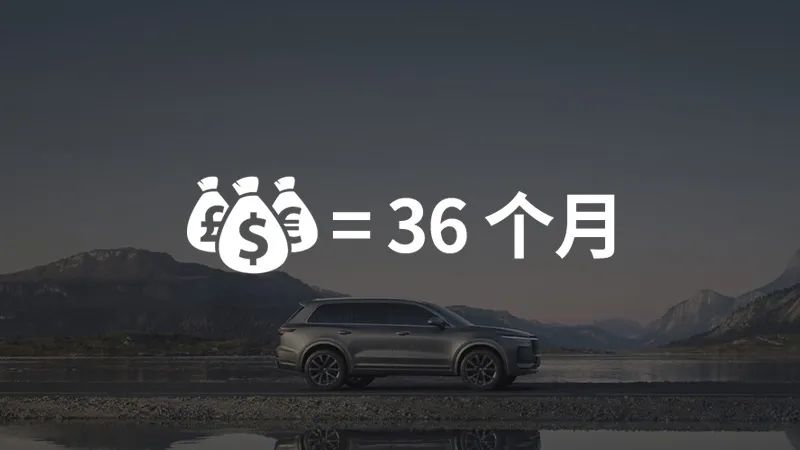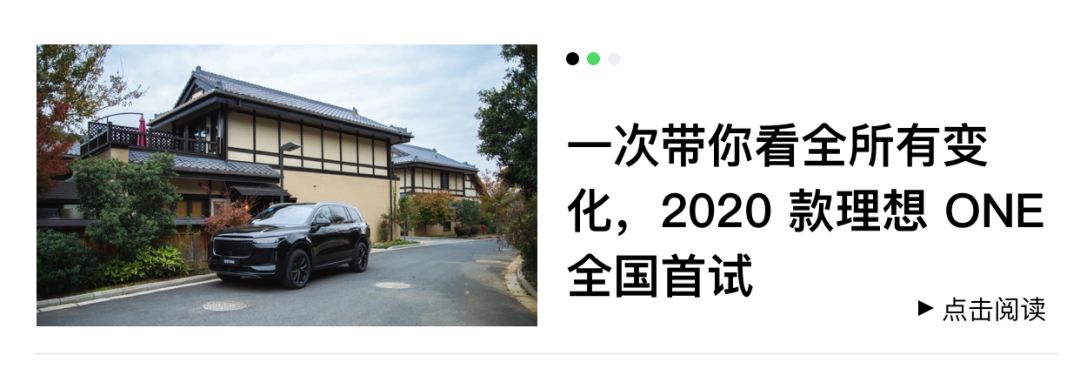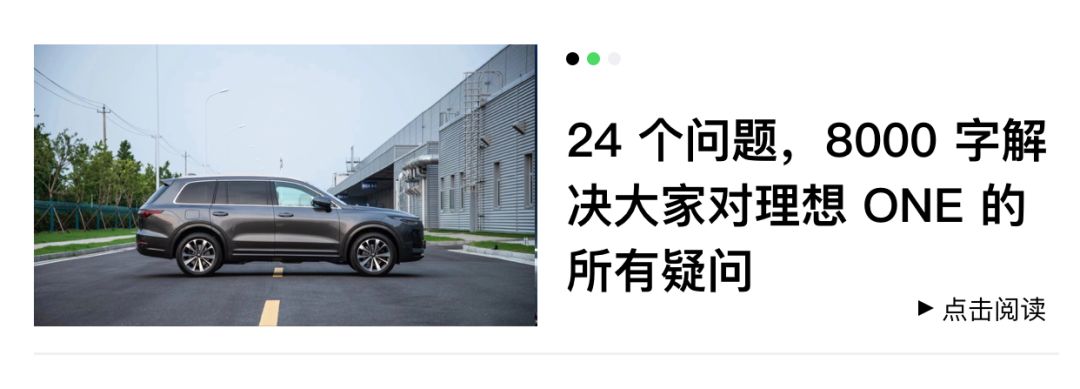Under the epidemic, the cash flow of the automotive industry is tight, and various online car sales platforms are emerging endlessly. For new car manufacturers, it is even more difficult. Increasing vehicle sales has become an important means to generate revenue.
Upon seeing Li Xiang’s live broadcast on Xueqiu, the first reaction was that Li Xiang was also going to live stream car sales? However, upon entering the live broadcast room and watching for nearly one and a half hours, it became apparent that “Li Xiang is still that 80s boy.” He is not stingy with praise for enterprises he recognizes and does not spare criticism for those who are conservative and old-fashioned.
As Li Xiang’s third personal business, Ideal Automotive is a company that embodies his hard work. Therefore, the products produced must meet his approval. Many people online praise Li Xiang as being knowledgeable and professional when it comes to cars.
So, what was Li Xiang’s car-making philosophy in this live broadcast?
Ideal Automotive is a relatively low-key new car manufacturer. Since its establishment in 2015, apart from regular news about financing, plant construction, and product launches, there have been few other publicized events, even negative ones. These engineers are not good at creating topics. With the delivery of Ideal ONE, some necessary marketing efforts are unavoidable. In a game, one must abide by the rules of the game, and engineers are no exception.
Therefore, although this Xueqiu live broadcast seems simple and easy, it is full of practical content that is easy to understand. We have sorted out some of Li Xiang’s views on the automotive market discussed in the broadcast. The content is extensive, but it is worth considering.
-
The future changes in the automotive industry may lie in the deep integration of software and hardware. Pure hardware differentiation is difficult to make any breakthroughs. The core of pursuing change in the future lies in giving hardware a soul that is software-based and intelligent. The demand for intelligence includes software and the content carried by these software, such as audio, maps, navigation, and communications. They must be integrated with the vehicle, which is a fundamental demand.
-
Li Xiang believes that smart cars should have vitality and grow together with consumers (OTA). Merely installing a large screen does not make a car intelligent. Achieving current assisted driving and future autonomous driving, as well as full use of in-vehicle entertainment, is what consumers fundamentally demand.For the relationship between new energy vehicles and smart vehicles, Li Xiang believes that consumers desire smart cars, not just touch screen cars. Touch screen technology only facilitates smarter features. Li Xiang also believes that not only electric cars, but traditional fuel vehicles can also be smart, with electric cars simply having an edge in technology.
The electric drive provides emerging car manufacturers with the opportunity to competes head-to-head with traditional car manufacturers that have many years of experience. In the field of electric vehicles, both emerging car manufacturers and traditional fuel car manufacturers stand on the same starting line.
Although electric drive is a good thing, battery technology and charging speed are not yet sufficient to meet actual needs. Fast charging, battery swapping, and recharging are all currently being developed to address the issue of battery life, while the industry is accelerating its efforts in this regard.
Li Xiang believes that by 2030, the use of electric drive vehicles will be prevalent, but there will still be two different approaches to energy supply: hybrid and pure electric. These two approaches will coexist for a long time.
Over the next few years, the most important thing is to do a good job in assisted driving and enable it to play an increasingly important role alongside human drivers. By around 2025, automated driving in specific scenarios will be available, and fully automated driving in all scenarios will be available sometime around 2030 once 10 billion miles of real-world driving training is completed.
There will be only two types of automated driving in the future: one will be a complete ecosystem like Apple, which will not be open like Android due to life safety concerns, as the manufacturer must be responsible for the user’s safety. The other will be a platform type, but this platform type will be a combination of hardware and software, like “Intel + Microsoft”. Terminal manufacturers will be more like OEMs.
The nature of automated driving and assisted driving are still different. At the L2 level, the basic technology of perception and control has already been implemented by many manufacturers, but at higher levels, involving deep neural networks, many manufacturers will be eliminated. Li Xiang speculates that after 2030, there may only be 5 to 10 companies left in the automated driving era, with the top 5 companies accounting for 80-90% of the market share.
As for the business model of car companies after achieving automated driving, there are only two ways: one is selling cars and offering drivers as a service fee. The other is selling drivers and collecting car fees as a service fee.
Li Xiang believes that the biggest problem for most automotive manufacturers is their strategic planning. A multi-product strategy and a cost-reduction model based on scale will eventually reach a bottleneck. Only producing a small number of high-end products can generate brand premiums, which can actually produce profitability.10. Li Xiang praised Tesla as the most Apple-like company. Apart from Elon’s personality causing core personnel loss, Tesla is impeccable. Its every strategic step is very clear. Through the first generation of products, Tesla has mastered the ability to develop terminals. Through the second generation of products, it has achieved the integration of all hardware systems, and also developed its own real-time operating system. When the third generation of products was launched, it developed its own chip, which was a manifestation of its ability to create super terminals.
-
In the field of intelligent automobiles, it is not difficult for Tesla to obtain a market share of 20-30%. Looking at it from a long-term perspective, there is no problem reaching an annual sales volume of 5-10 million vehicles. If there is no epidemic, Tesla’s net profit margin will soon approach Porsche. Calculating based on the gross profit margin of Tesla’s Model 3 in China, which can already reach 30% or even higher, the company’s market and management expenses are about 9%, and R&D expenses are about 6%. According to its 2019 financial report, excluding capital costs, there is a pre-tax net profit of over 15%, which is triple the net profit of mainstream automobile groups at 5%.
-
In the future intelligent automobile industry chain, there will be opportunities worth tens of billions of dollars in three areas: batteries, intelligent cabins, and autonomous driving.
-
Tesla’s production in China will not only have a negative impact on newly established domestic automakers, but also promote the growth of the domestic new energy market, forcing domestic companies to make products for C-end consumers seriously. In the short term, there may be pressures, but in the long run, it is still good news. If the market is not big, you cannot sell many cars.
-
An extended range will be the ideal long-term solution for automobiles, but pure electric products will also be launched in the future. Currently, its cash flow can support 36 months of operations, and its latest financing of $500 million has not been touched. Half of the company’s money is spent on research and development, 30% on building factories, and less than 20% on personnel and marketing.
-
Li Xiang confirmed the self-developed operating system named LI OS, which will be launched in the second half of this year, and will be used in the next product.
Ideas for Creating Ideal Cars
Li Xiang is quite straightforward and constantly praises Tesla during the live streaming. The idea of creating ideal cars is not without the shadow of Tesla. In summary, it is “solving practical needs in stages.” In fact, the concept of creating cars is largely similar, but what is most remarkable is Li Xiang’s understanding of specific stages.From the perspectives of user demand, autonomous driving, and automobile products, the essence of user demand is not the environmental issue that we often discuss, but the specific tool that carries oneself during travel. Therefore, both fuel cars and electric cars can achieve this goal. There is something called intelligent technology in the world, which not only can improve travel efficiency but also bring spiritual entertainment pursuits when applied to automobiles.
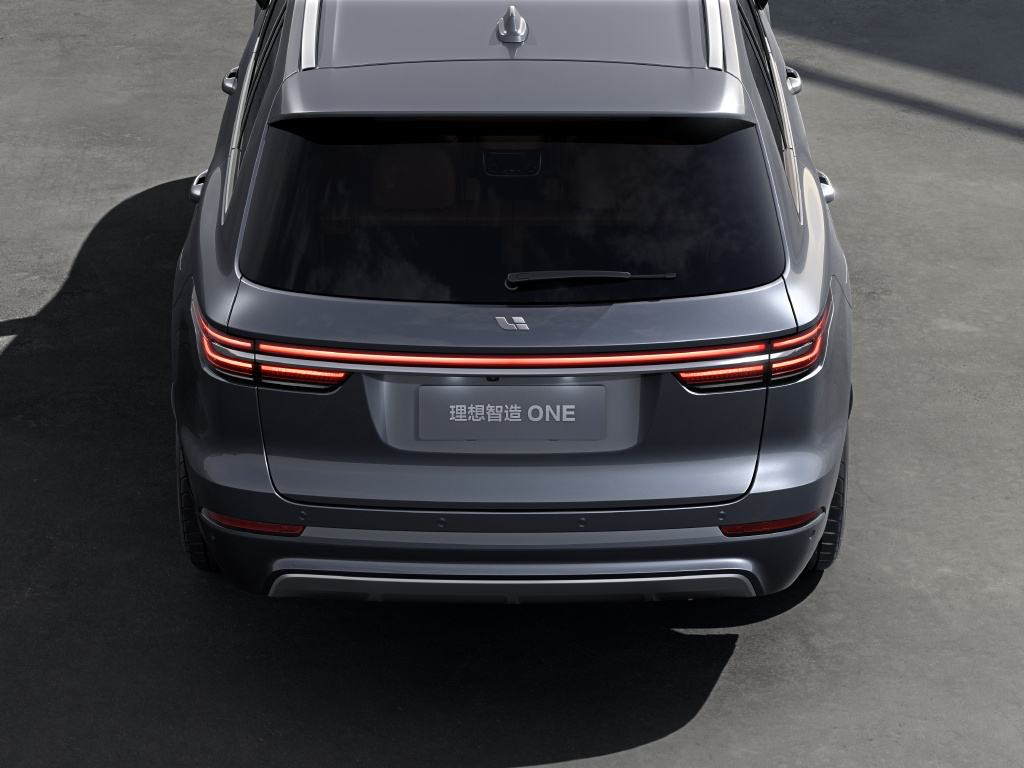
Therefore, there must be a clear objective and executable plan in the upper-level strategy. Achieving full autonomous driving is the goal of the entire industry, and how to execute it is vital.
First, let’s talk about intelligence.
The ultimate goal of a car’s development will be a super terminal and a super space. Therefore, achieving it requires clear and significant stage goals. Tesla is very clear in this regard. We can look at Tesla’s three generations of products, and every step is taken very clearly. Through the first-generation product, Tesla mastered the ability to develop terminals. With the second-generation product, Tesla achieved the integration of all hardware systems. Of course, the chips were not self-produced yet, but the real-time operating system for autonomous driving has already been implemented. It was also helpful to quickly switch to Tesla’s self-developed FSD later. When the third-generation product was launched, Tesla had also mass-produced the FSD chip.
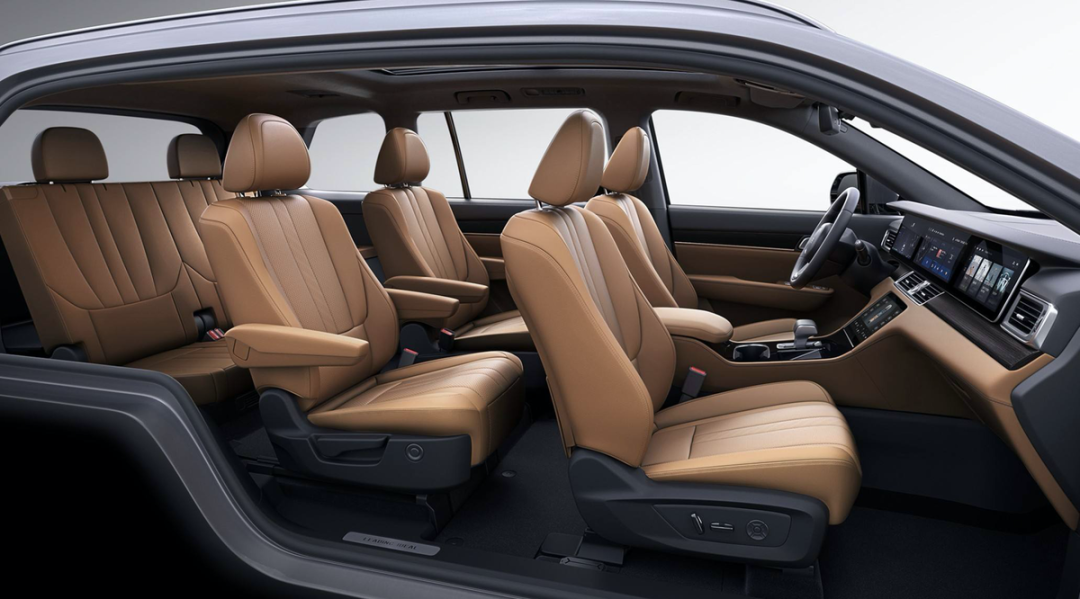
All three must be mastered by oneself to maintain sufficient competitiveness in the future. Therefore, Ideal ONE’s first step goal is to master the terminal manufacturing capability. Ideal has also revealed its own autonomous driving operating system, named LI OS, not the car entertainment system. It will be released in the second half of 2020 and applied to the next product.
Although Li Xiang did not mention whether he would self-research the chip, it also takes some time to settle down to the chip level. It took Tesla nearly ten years to achieve this goal.
This is the step of achieving intelligence for the entire car, and it is also essential to enable consumers to experience different stages of functions in real-time. This is what Li Xiang referred to as intelligent cars growing with consumers. Therefore, the development of advanced driving assistance is particularly important.
Secondly, let’s talk about products.
The vehicle itself is the carrier of “intelligence,” so the importance of products is self-evident. Ideal chooses to enter the market with the extended-range category of products. Li Xiang made this bold choice in 2015 when pure electric vehicles were prevalent but now it seems to meet the demand very well.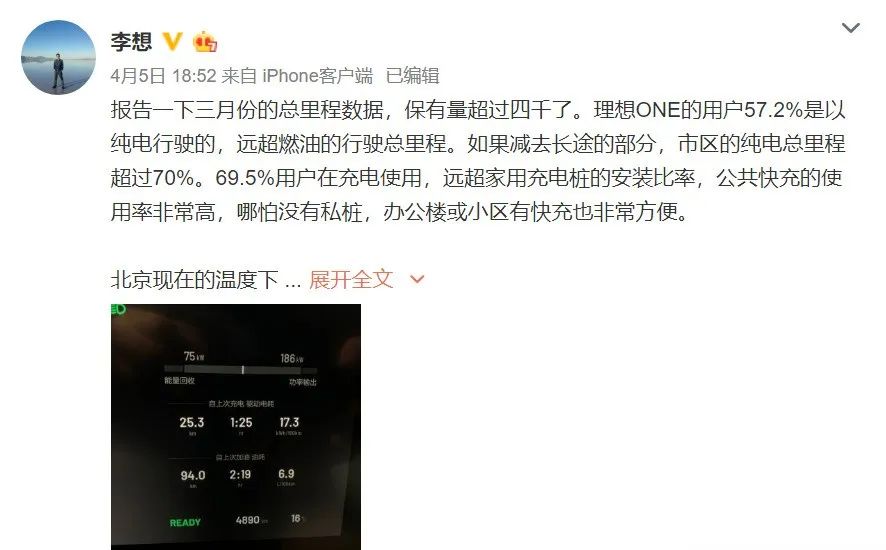
Ideal ONE is the latest delivery in the top tier of new car manufacturers. However, I thought I would wake up early and catch up with the late party. If we look at the data up to the current delivery time of Ideal, the performance of over 4000 vehicles in four months is not falling behind. Furthermore, there are nearly ten thousand orders of Ideal ONE awaiting delivery.
Ideal ONE has been sold to Heilongjiang, Inner Mongolia, Yunnan, and Hainan. If you don’t know about these regions, you might think they were testing the limits! That is the advantage of the Ideal Extended Range. It is not afraid of extreme high and low temperatures.
The Extended Range is a product of the electric phase. In my opinion, there is a demand for its existence in the current stage. There is no breakthrough in battery technology currently. However, the charging, swapping and other modes cannot be expanded on a large scale, and pure electricity has limitations.
Ideal does not need to worry about range anxiety during license plate delivery. Li Xiang also said that this is a temporary solution. In the future, there will be an introduction of pure electric and it is a viable strategy proven by Ideal’s current sales and order volumes. This is also why Li Xiang believes that the Ideal ONE will become the source of street car confidence!
Finally, regarding product strategy.
Speaking of this, live streaming is Li Xiang’s “ridicule” of traditional manufacturers. Li Xiang believes that most manufacturers have problems with their product strategies. Like Nokia, they released hundreds of mobile phones in a year, relying on cost reduction through scale production which became bottlenecked. To create brand premiums, make a few products reach their extreme potential, and profit.
Li Xiang cited examples of Mercedes-Benz, BMW, and Audi competing against each other. The six models of BMW’s 3 Series, 5 Series, 7 Series, X3, X5, and X7 make up 80% of Ideal’s revenue and more than 90% of Ideal’s profits. In the past, the hundred-plus years of development of automotive manufacturers created very high barriers, resulting in brainless competition between manufacturers.
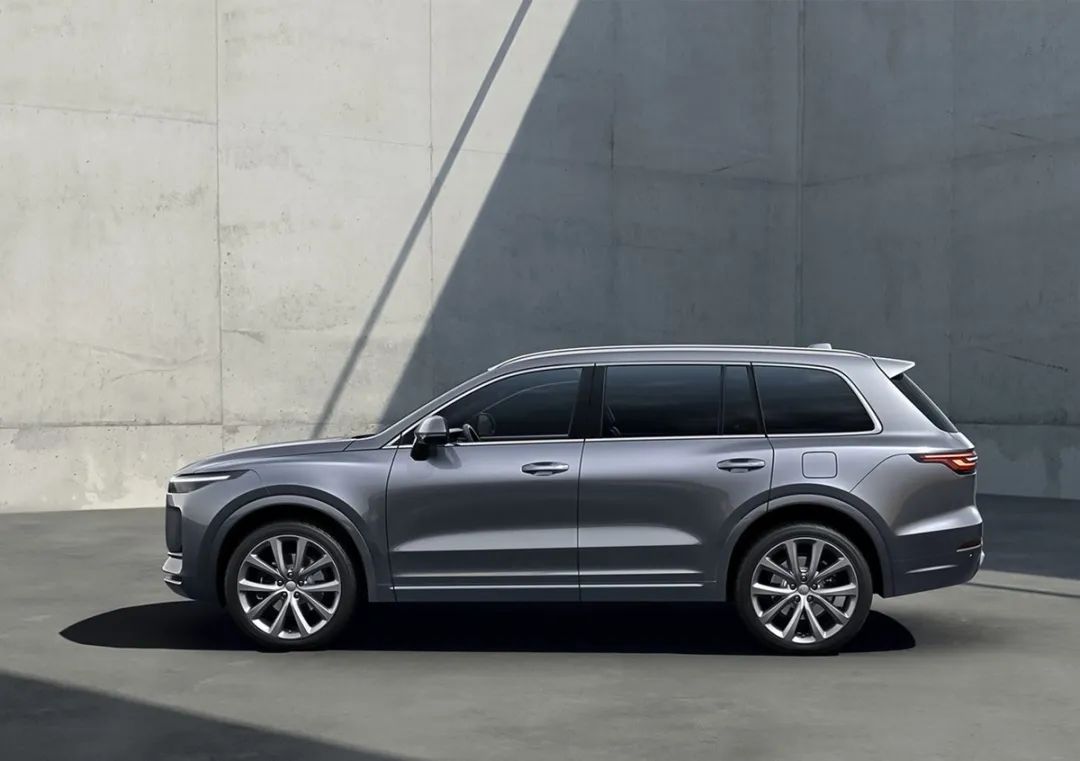
Mercedes-Benz released the CLS, and BMW followed by releasing a 6-series; when BMW released a four-door sports coupe, Audi followed with an A5 four-door product. You will find that they have launched many new car models, but most car models are rarely seen on Chinese roads. However, developing a new car model costs hundreds of millions of dollars, requiring many marketing expenses.
For companies like Mercedes-Benz, BMW, Audi, and Volkswagen, cutting two-thirds of their car models can double their profits, and sales will not decrease.I don’t completely agree with this. First, without competition from these car companies, the market would not grow as fast. Second, car companies don’t want a model to fall behind and be overtaken within six months or a year, which could result in lost market share. High-priced cars have a longer-lasting impact on consumer perception, and it’s difficult to catch up once you fall behind. However, I also don’t agree with a “car sea” strategy. Although BMW and Audi have extended other products, the 3-series and other high-volume products have never been underestimated by companies.
Li Xiang is obviously an “Apple fan”. He never stops mentioning Apple in three sentences. Of course, companies like this are definitely worth learning from. However, based on Li Xiang’s statement, an ideal product should have only 2-3 models.
Superb organizational and operational capabilities
In the eyes of the outside world, Li Xiang has a halo on his head. As a successful serial entrepreneur with many connections in the industry, financing should come easy. However, this was the first time Li Xiang revealed to the outside world during a live broadcast that Ideal Motors has been facing difficulties in fundraising since its inception. Missing the best fund-raising window in 2014 means that it is not easy for Ideals to obtain funding in the tens of billions.
For this reason, Li Xiang demands that every penny be spent on key areas to maintain healthy cash flow. According to Li Xiang, in order to succeed in entrepreneurship today, every CEO must be a professional CEO, and they must have the strongest and deepest awareness of the entire industry’s recognition, which is constantly deepened based on market changes.
In terms of strategic ability, including user positioning, rhythm control, goal setting, and operational strategy, Ideal Motors does it best.
When it comes to specific business, the business architecture design, business system correspondence, operational capacity, and overall organizational capacity must be fully controlled. The key to corporate operations is being able to make precise calculations. For example, in terms of finance, many companies are most prone to problems in finances. Can you make an accurate budget for yourself, and how is the entire cash flow controlled corresponding to this budget? How to accurately reflect the true operating profit and loss, rather than any short-term cover-up? This is a complete operating system.
From here we can see the rigorous corporate culture of Ideal Motors. The larger the company, the more difficult it is to manage from the top down. Designing an operational structure, placing everyone in their appropriate role, and avoiding wasteful spending is important.
Before that, Li Xiang also stated on Weibo that the current cash flow of Ideanomics is enough for 36 months, and the latest $500 million financing has basically not been touched. This should be one of the healthiest cash flows in new car making.
Last words:
From the current sales and order numbers published, extended range electric vehicles as a phased solution have real demand, and in the long term, Ideanomics will maintain the service of extended range products.
In-depth understanding of users’ essential needs is what Ideanomics does. Li Xiang also said that a good entrepreneur and CEO can have the ability to see through the essence no matter how chaotic the outside world is. So to achieve the ultimate goal, the present needs must be met.
The next model of Ideanomics will be equipped with a self-developed autonomous driving operating system, LI OS, which may be released in the second half of the year. The redesign of Idean ONE will also be coming soon.
Extended range will be Ideanomics’ long-term product category, and it will also be involved in pure electric vehicles in the future.
Written by Delu
Edited by Daji




This article is a translation by ChatGPT of a Chinese report from 42HOW. If you have any questions about it, please email bd@42how.com.
